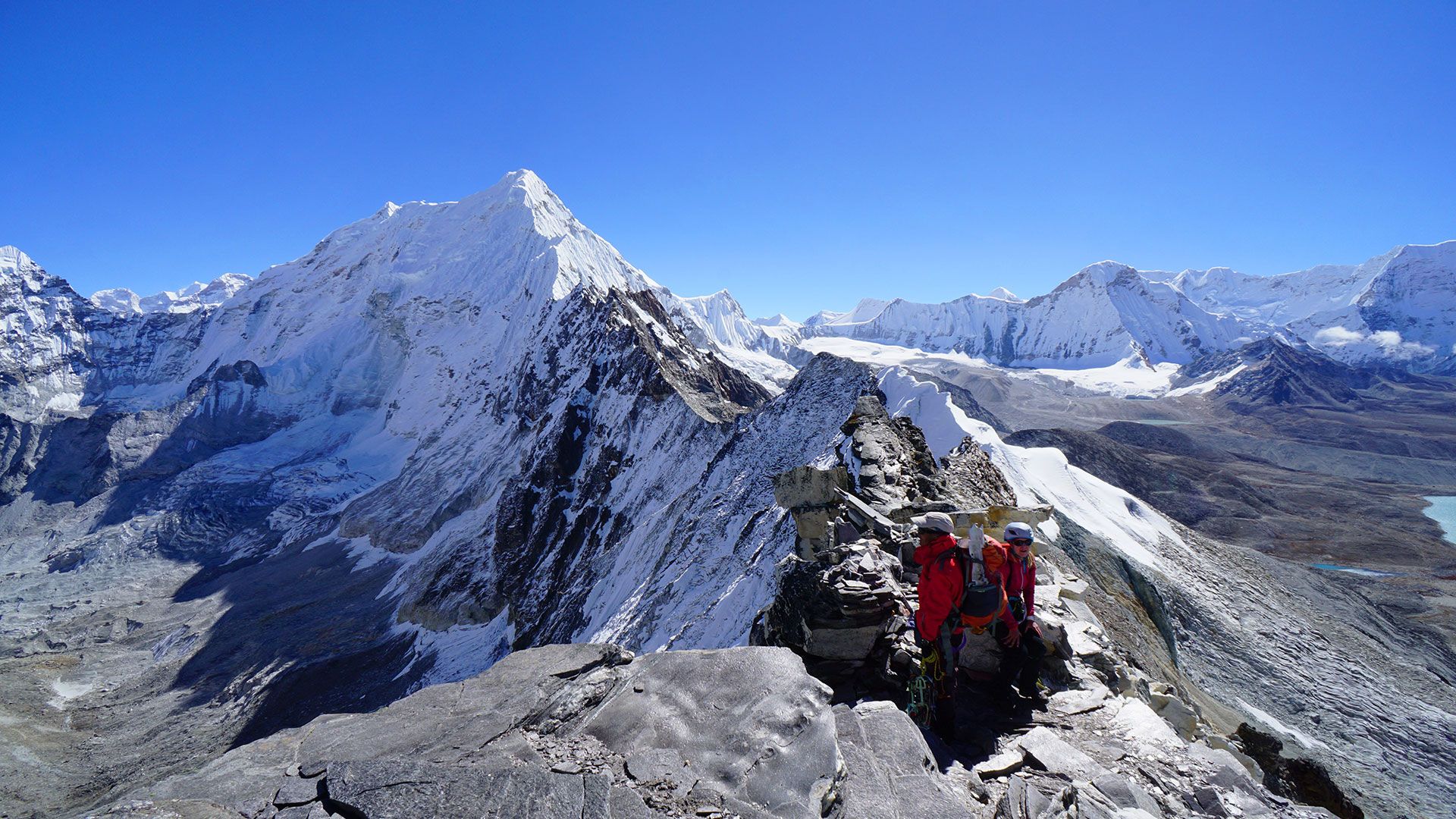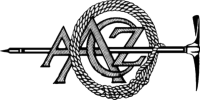- Home
- Nepal
- Adventure Activities
- Peak Climbing
- Mountain Expedition
- Local Tours
- Sirubari Village Homestay
- Ghale Gaun
- Kalinchowk Tour
- Halesi Mahadev - Maratika Cave package
- Chitwan Jungle Safari
- Day tour in Kirtipur
- Day tour in Kathmandu City
- Spiritual Tour to Muktinath
- Chitlang and Kulekhani
- Bardiya National Park
- Jeep Tour to Rara Lake
- Gosaikunda Lake
- Manakamana day Tour with cable-car ride
- 4WD Jeep Tour to Upper Mustang
- Family Holidays
- Heli & Mountain Flights
- Trekking Routes
- Kailash Mansarovar
- Bhutan
- Tibet
- Multi Country
- Domestic Flights
- Contact
- Home
- Nepal
- Adventure Activities
- Peak Climbing
- Mountain Expedition
- Local Tours
- Sirubari Village Homestay
- Ghale Gaun
- Kalinchowk Tour
- Halesi Mahadev - Maratika Cave package
- Chitwan Jungle Safari
- Day tour in Kirtipur
- Day tour in Kathmandu City
- Spiritual Tour to Muktinath
- Chitlang and Kulekhani
- Bardiya National Park
- Jeep Tour to Rara Lake
- Gosaikunda Lake
- Manakamana day Tour with cable-car ride
- 4WD Jeep Tour to Upper Mustang
- Family Holidays
- Heli & Mountain Flights
- Trekking Routes
- Kailash Mansarovar
- Bhutan
- Tibet
- Multi Country
- Domestic Flights
- Contact

ALTITUDE SICKNESS
Acclimatization
Altitude is a problem for your body due to the shortage of oxygen. As you climb higher, the air gets thinner. Each lungful of air gives you less oxygen, so your body has to work harder to maintain the supply. Acclimatization is the deliberate, temporary modification of your physiology to cope with increased altitude. There are practical limits to altitude acclimatization, and it is simply not possible to become permanently acclimatized to much above 5,000m, as the body inevitably deteriorates. Short term acclimatization to about 6,500m is the best that a fit climber can hope for. The demand on your muscles depends on your activity level, but your brain needs a surprising amount of oxygen. Despite being only 2% of your body weight, it needs around 15% of your oxygen intake. If your brain is deprived of oxygen, your judgement declines, movement control suffers and speech becomes confused. Your body responds in various ways to needing more oxygen.
In simple terms:
- your breath faster and more deeply;
- your heart beats faster in order to maintain the oxygen in your tissues;
- your brain limits the exercise intensity in a protective response to the altitude;
- your body excretes bicarbonate in the urine and creates more red blood cells, making the blood thicker.
You start to breathe faster right away and your heart rate rises within minutes. It can take several days before your blood levels change: if you suddenly find yourself urinating a lot that may be a sign that your body is acclimatizing well. Making more red blood cells is a much longer process that gets underway within a week or two: on trips such as Kilimanjaro, this won't be in time to make a difference.
Acute Mountain Sickness (AMS)
Altitude sickness, also known as acute mountain sickness (AMS), is the effect of high altitude on humans caused by acute exposure to altitude. It commonly occurs above 2,400 metres (approx 8,000 feet).
Mild AMS
Symptoms include headache, fatigue, stomach illness, dizziness, nausea, pins and needles, swelling of hands and feel, sleep disturbance
Moderate AMS
Severe headaches that are not relieved by medication, nausea and vomiting, increasing weakness and fatigue, shortness of breath, decreased coordination (ataxia)
Severe AMS
Shortness of breath at rest, inability to walk, decreasing mental status, build-up of fluid in the lungs. There are two life threatening conditions associated with severe altitude sickness: High Altitude Cerebral Oedema (HACE) – swelling of the brain and High Altitude Pulmonary Oedema (HAPE) – fluid in the lungs. Prevention is better than treatment. The best form of treatment is to descend.
AMS Susceptibility Test:
You can minimize the effects and risks of altitude by pre-acclimatizing before you go. During the course of your consultation you will be tested at 3,000m and 5,000m to see how you will cope. If you are fine, then you go on your trip with peace of mind and confidence. If you are susceptible then you have to option of doing further training before you go, this may include passive or active simulated altitude sessions or hiring equipment to use in your own home. The most important thing after all the time and money you have put into a trip is to have a happy and enjoyable time. Getting tested for AMS can help you with this.
Everything is harder at altitude
Your body is under increased stress. Even minor problems at altitude can rapidly become serious, so please take greater precautions to maintain good health.
Cold
For every 1,000m climb the air temperature drops by approximately 6.5 degrees Celsius. Bad weather, especially wind, can obviously make things worse. Wear suitable clothing to deal with the changeable weather conditions. The cold also has a significant effect on your metabolism. Additional energy is required to keep your body warm. Generating warmth can only come from 'burning' food and this requires oxygen, which is of course in short supply. Keep eating even though you don’t feel hungry. The dangers of frostbite and hypothermia are serious, but are not covered here. Please remember if you take your gloves off to take a photo or drink on a windy mountain, they are likely to be blown away. Take some chemical hand warmers with you, great for the hands but also good for warming your sleeping bag.
Sun burn
The sun's rays are far stronger at altitude because the thinner air screens out less of the harmful radiation. Since the equatorial sun if already much stronger than most tourists are used to, the risk of sunburn is doubly severe. Bring a sun hat, clothing to cover up ad suncream with the highest Sun Protection Factor you can find. A minimum of SPF 25 is recommended for you face and SPF 33 for your lips which are especially at risk. Take high quality sunglasses that block out the sun from the side and make things nice and dark.
Dehydration
Adequate hydration is essential to allow the body to regulate its chemical balance in response to the change in altitude. Aim to drink 3-4 litres (nearly 7-9 pints) per day. If possible try to add electrolytes to your water, two brand names to consider are Nuun and Dioralyte, these will help to replace the body's salts that are lost while walking. A serious effect of dehydration is the blood becomes thicker with additional risk of strain on the heart and circulatory system and general impairment of performance. Aspirin can be taken to help thin the blood. The air at high altitude is always very dry. With each breath water will be stripped from your lungs. If you use your mouth to breathe a dry cough is likely to develop. Try to use your nose to breathe through to prevent a dry throat. If this is not possible, suck a honey cough sweet to help lubricate the throat.
Sleep and sleeping pills
People who have problems sleeping at sea level may find their sleeping patterns disrupted even more at altitude. Those who sleep well at home are often able to sleep well at altitude. Above 3,000 metres (10,000 feet) people may experience periodic breathing known as Cheyne-Stokes Respirations. Shallow breathing occurs during sleep and the person often becomes restless and may awake with a sudden feeling of shortness of breath. A good night's sleep is important for the body to repair and recover itself, but taking a sleeping pill is extremely dangerous and should be avoided as the body is already lethargic and could easily slip into a coma. Take some ear plugs, especially if you are sharing a cabin with others.
Diet and nutrition
It's very difficult to maintain appetite at high altitude. The sense of smell and taste are greatly inhibited and the general feeling of lethargy and nausea that can accompany mild altitude sickness compound to put one off eating. Fatty foods and high-tech sports nutrition bars are difficult to digest and should be avoided. There are some advantages in taking vitamin and mineral supplements at altitude. A symptom of AMS is constipation and diarrhoea which tend to alternate and this can be dangerous as well as distressing. Some medications may help to regulate the system. On most organised treks the water is boiled and cooled to sterilise the water. Those with sensitive stomachs may consider iodine tablets to further treat the water. Top Tip: To neutralize the taste of iodine dissolves an effervescent Vitamin C (ascorbic acid) tablet into the water.
Menstruation and contraception
Menstruation may be upset during the acclimatization process, and while this seems unlikely to cause harm, it could be inconvenient. Female climbers may wish to prepare for this or make medicinal arrangements beforehand. Oral contraceptives may be less effective at high altitude and there may also be an increased risk of thrombosis, as with any oestrogen-based medicine. These matters should be discussed with your doctor.
How to prevent and manage AMS
Control what you can control
At altitude we encounter more physical stress. Give your body the best possible chance by controlling the stresses that are within our physical control: Hydration, nutrition, body temperature, mental calmness and getting a good night's sleep. By looking after these your body can concentrate on surviving with the stress of reduced oxygen.
- Prepare well by becoming fitter (and giving up smoking);
- Take suitable supplies and pack your gear for easy retrieval;
- Avoid over-exertion: if possible ascend slowly enough that you can still breathe through your nose;
- Avoid sleeping pills and alcohol on the mountain;
- Eat small amounts of food often, even if you don't feel hungry; avoid excessive salt;
- Drink plenty of fluids (3 to 4 litres a day);
- If you plan to use Diamox, experiment with dosage well ahead of time, under medical supervision;
- Do not ignore any symptoms you may experience and keep the group guide informed.
Visit us
-
JP Marga, Thamel, Kathmandu, Nepal
-
+977-01-5365371
-
+977 98418-15039
(Whats App, Viber & Telegram)








